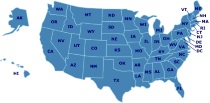Resources
First Language Lessons Level 2
This is book 2 in the First Language Lessons series. It offers scripted lessons to teach copywork, narration, picture study, and other classical techniques to help develop the student's language ability.
First Language Lessons for the Well-Trained Mind
Links
How I Teach a Large Family in a Relaxed, Classical Way: Language Arts
Easy Grammar Systems
Explode The Code
Shurley English
Writing Strands & Reading Strands
Learning Language Arts Through Literature
Featured Resources
As an Amazon Associate, we earn from qualifying purchases. We get commissions for purchases made through links on this site.





